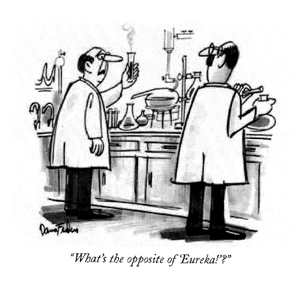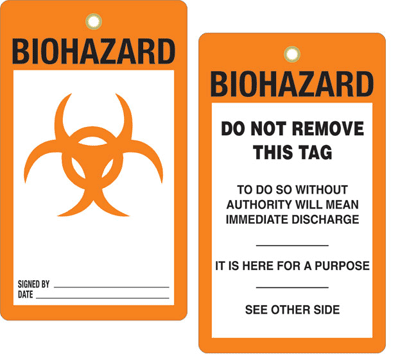 |
| Photo credits: http://www.escoglobal.com/ |
13. Only trained personnel should use the cabinet. Since it requires sufficient theoretical and practical knowledge for you to work safely with biosafety cabinets, make sure only trained personnel should use the cabinet while you are gone. Or better yet, limit the access to the lab. Good news! Some biosafety cabinets have access control provisions ~ key switch and/or password protection feature ~ to make sure only authorized personnel can use the cabinet. Check if your biosafety cabinet has this feature!
14. Proper work attire. According to OSHA, personal protective equipment is worn to minimize exposure to serious workplace injuries and illnesses. Wearing a back-fastened lab coat (to protect the operator from splashes) as well as double-gloving (over the cuffs) should be practiced. Masks and safety glasses may be required for some procedures.
 |
| Photo credits: https://www.facebook.com/EscoBiologicalSafetyCabinets1/ |
15. Work within the safe areas. Do not obstruct any of the air grilles in the front or back of the work zone. The front intake grille of biosafety cabinets must not be blocked with paper, equipment or other items. Work as deep into the work zone as possible. Equipment that generate aerosols, e.g. mixers and centrifuges, should be placed towards the rear of the cabinet. Bulky items should be placed to one side of the interior of the cabinet.
 |
| Photo credits: https://www.facebook.com/EscoBiologicalSafetyCabinets1/ |
16. Observe proper aseptic technique. Before starting your work, plan ahead of time. Place all items inside the cabinet, including biohazard collection bags before use to avoid having to take your arms out from the work zone. Surface decontaminate first before removing your arms from the cabinet. Moreover, move arms slowly out of the cabinet. Always work from "clean" to "dirty", segregating contaminated and non-contaminated materials.
 |
| Photo credits: https://www.utexas.edu/ |
Here is a video of Working Safely in your Biological Safety Cabinet. (Video credits from Esco Global)









